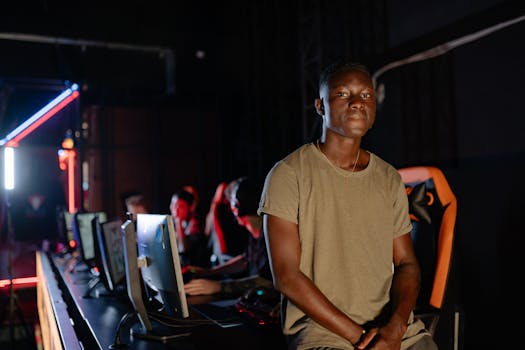Refresh Rate vs Resolution: Which Matters More for Gaming?
9/25/2025 · Monitors · 8 min

TL;DR
- Smoothness vs clarity: Higher refresh rate improves motion smoothness and input latency; higher resolution improves image detail and UI sharpness.
- FPS budget matters: If your GPU can deliver high FPS, prioritize refresh rate. If not, resolution scaling may be better.
- Practical picks by player type:
- Competitive shooters: 1080p at 144-240 Hz for max FPS and lowest latency.
- Single player RPGs and immersive titles: 1440p at 100-144 Hz for sharper visuals with good smoothness.
- Work and mixed use: 1440p 60-120 Hz for clarity and smooth desktop use.
What refresh rate does for gaming
- Refresh rate is how many times the display updates per second. Common values: 60, 75, 100, 120, 144, 165, 240.
- Higher refresh rate reduces perceived motion blur and input latency. Going from 60 to 120 Hz is usually more noticeable than moving from 120 to 144 Hz.
- For esports, frame time consistency and high FPS are key. A lower resolution that yields higher FPS often beats higher resolution with low frame rates.
What resolution does for gaming
- Resolution determines pixel count and image detail. 1080p is easier on the GPU; 1440p and 4K require more horsepower.
- Higher resolution sharpens textures and UI, and makes distant objects clearer. Useful for immersion and competitive advantage in spotting detail.
- Increasing resolution has a large GPU cost. 1440p has about 78 percent more pixels than 1080p.
Size and pixel density considerations
- On smaller screens, 1080p can look very sharp. On 27 inch monitors, 1440p is the sweet spot for text and image clarity.
- PPI examples:
- 24 inch 1080p ~ 92 PPI
- 27 inch 1080p ~ 82 PPI
- 27 inch 1440p ~ 108 PPI
Panel types and perceived motion
- IPS: best color and angles, good all round for both resolution and refresh.
- VA: best contrast and deeper blacks, but can show more motion smear.
- TN: fastest pixel response in some cases, but poorer color and angle. Less common for higher resolution panels now.
Adaptive sync and frame pacing
- Look for FreeSync or G-Sync Compatible to avoid tearing when FPS varies.
- Variable refresh can make a lower frame rate feel smoother and reduce stutter compared to fixed 60 Hz.
Ports and cables quick guide
- For high refresh at 1080p and 1440p, use DisplayPort 1.2 or 1.4, or HDMI 2.0 or 2.1 depending on the monitor.
- Some laptops and consoles limit available modes. Check device specs before buying.
GPU considerations
- If your GPU hits your target FPS at your chosen settings, go for higher refresh. If not, lower resolution or lower settings first.
- Upscalers like DLSS, FSR, and XeSS can raise FPS to let you run higher refresh or resolution with better image quality.
Which should you choose?
- Choose higher refresh if you play fast, competitive games and value low input latency.
- Choose higher resolution if you play immersive single player titles or need clearer desktop workspace.
- If unsure, prioritize refresh rate up to the point your GPU can supply consistent FPS. A smoother 60-120 FPS often feels better than variable 30-60 FPS at higher detail.
Buying checklist
- Target FPS: set realistic goal based on your GPU.
- Panel: IPS for color, VA for contrast, TN for raw speed in niche cases.
- Refresh: 144 Hz or higher for competitive play; 100-144 Hz for balanced use.
- Resolution: 1080p for max FPS, 1440p for clarity, 4K only if GPU can handle it.
- Sync tech: FreeSync or G-Sync Compatible to manage variable FPS.
- Ports: DP or HDMI that support your desired resolution and refresh.
Bottom line
There is no single correct answer. For competitive gamers, prioritize refresh rate and FPS. For immersion and productivity, resolution matters more. Balance your choice with your GPU and the games you play.
Found this helpful? Check our curated picks on the home page.